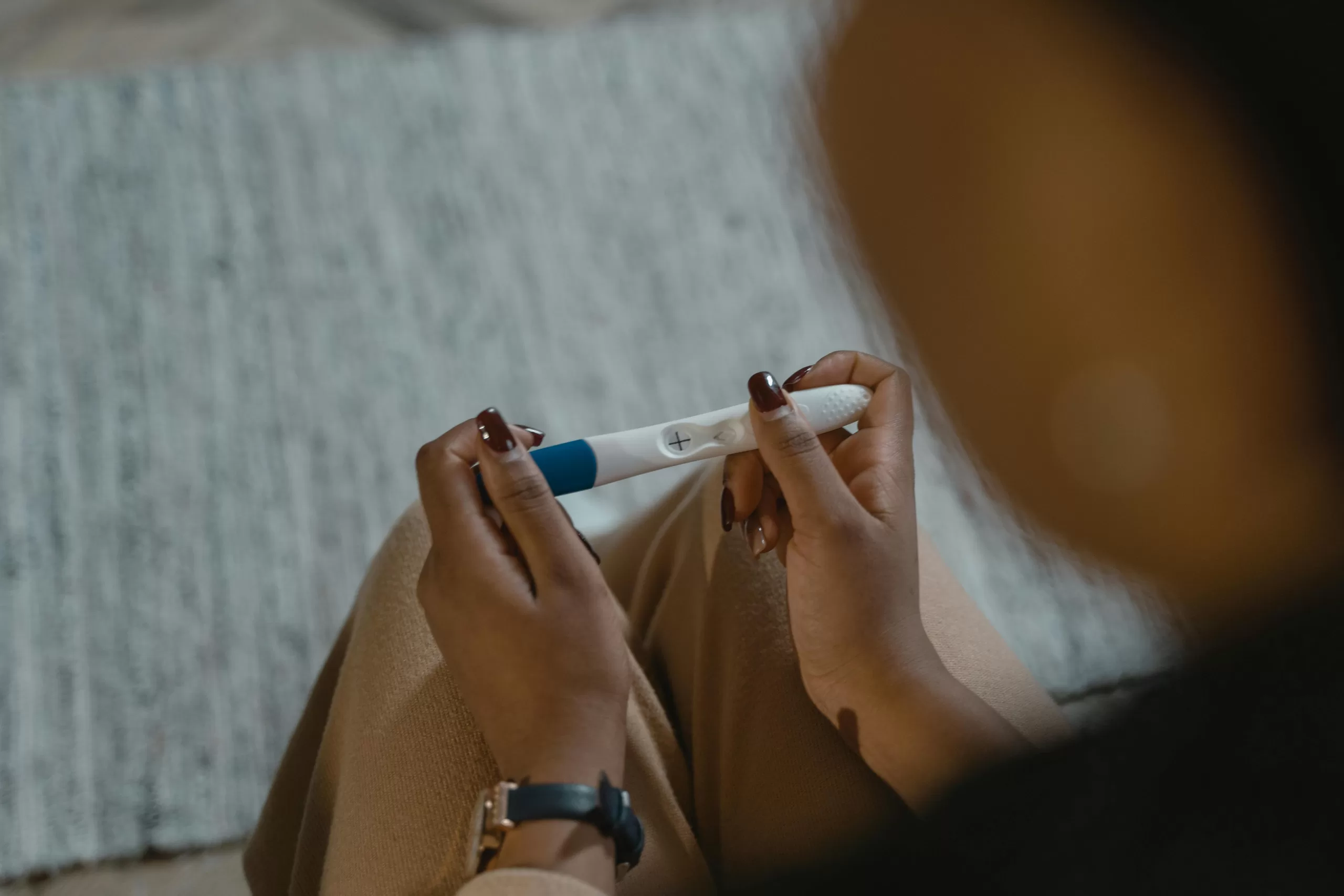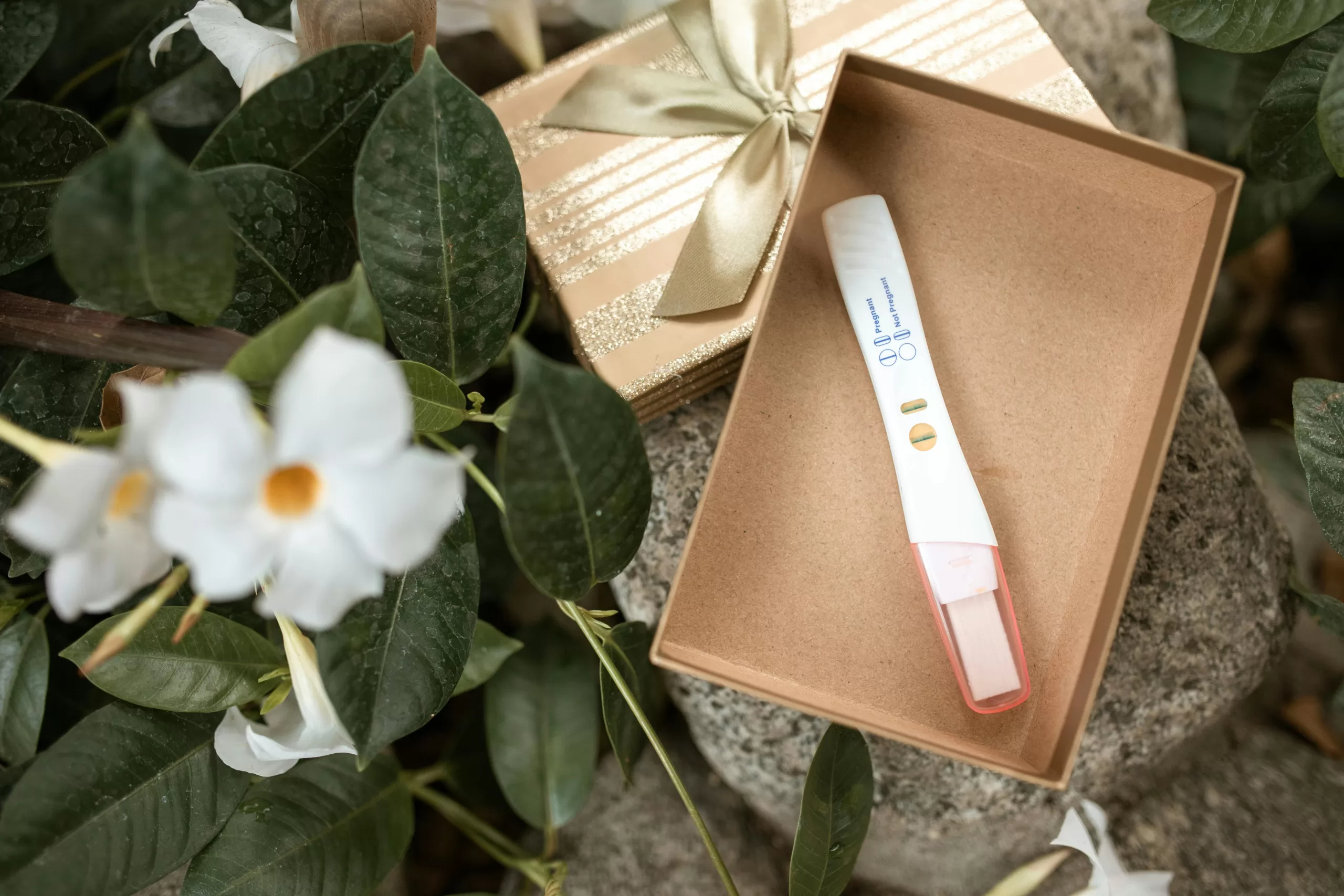Thanks to amazing advances in reproductive medicine, the in vitro fertilization (IVF) process has become a widely used and highly effective method for achieving personal family-building goals. While you or someone you love may have benefited from this evolution in fertility treatment, have you ever stopped to consider how the method became so successful?
In this article:
The History of IVF
Spoiler alert: many brilliant women are to thank for the overall success of the complex and fascinating technologies surrounding fertility medicine!
Did you know that over 8 million babies worldwide are the result of IVF?
In celebration of how far we’ve come, let’s break down some of the most significant milestones in the world of fertility and honor the trailblazers behind the astounding advances that continue to benefit families each and every day.
When we look at the history of IVF, it’s undeniable – we’ve come a long way, baby!
According to a 2020 report from the Centers for Disease Control & Prevention (CDC), continued advancements in assisted reproductive technology is responsible for soaring IVF success rates and more accessible fertility treatment across the globe.
A Brief Introduction to IVF
Before we dive into the history of IVF, it’s helpful to understand what this process actually entails. Let’s discuss a few fertility treatment facts:
How does IVF work?
During the IVF process, eggs are removed from the body and combined with sperm in the laboratory to create embryos, which are then cryopreserved (frozen) or transferred into the uterus in the hopes of achieving a healthy pregnancy.
Who does IVF help?
Nearly 60% of IVF procedures in the United States are performed on women 35 and older. This fertility treatment option also helps individuals and couples who are unable to conceive on their own (at any age) for various reasons, allows for early detection of genetic abnormalities, and is an integral part of the surrogacy process.
How long does IVF take?
When including a preconception health regimen and fertility testing, the entire process can take up to 120 days, or four months, on average.
Our History of Success
The IVF program here at Illume Fertility has been highly successful in treating all causes of subfertility, including endometriosis, polycystic ovary syndrome (PCOS), tubal infertility, male factor infertility, recurrent pregnancy loss, secondary infertility, and unexplained infertility.
Who invented in vitro fertilization (IVF)?
The road to understanding and implementing successful reproductive medicine has been paved by the hard work and determination of many medical professionals. It should come as no surprise that women were at the center of many key discoveries, breakthroughs, and milestones surrounding IVF.
So, who were these brilliant women at the helm of reproductive medicine breakthroughs?
Trailblazers Miriam Menkin, Jean Purdy, and Muriel Harris are just a few of the talented women that we have to thank for many of the IVF technologies that we have in place today.
Fundamental developments in the world of fertility medicine date back to the mid-1800’s, when scientists first came to learn that pregnancies were a result of the combination of an egg and sperm.
A Controversial Decision
In 1884, Dr. William Pancoast performed the first donor insemination for a couple using the sperm of one of his medical students. This exciting milestone is clouded by the fact that Dr. Pancoast used donor sperm without the couples’ consent – an unethical decision that would not be tolerated today.
Even so, the demand for more research followed, and the first fertility clinic eventually opened in Massachusetts in 1926. Soon thereafter, a team led by Miriam Menkin and John Rock began IVF research in humans.
Miriam Menkin
Initially rejected from medical school (simply because she was a woman), Miriam Menkin was undeterred from pursuing a career in medicine. She took a job as a researcher for John Rock, who was studying IVF.
In 1944, Menkin was given instructions to wash a sperm sample three times and give it 30 minutes to interact. During one sleepless night with her teething eight month old daughter, Menkin only washed the sperm once, and then allowed it to interact for an hour.
She subsequently discovered that a fertilized egg had formed as a result, and she and Rock went on to write their revolutionary report, In Vitro Fertilization and Cleavage of Human Ovarian Eggs.
Menkin shared her experience with a reporter:
“I was so exhausted and drowsy that while watching under the microscope how the sperm were frolicking around the egg, I forgot to look at the clock until I suddenly realised that a whole hour had elapsed,” said Menkin. “In other words, I must admit that my success, after nearly six years of failure, was due – not to a stroke of genius – but simply to cat-napping on the job!”
Jean Purdy
In 1968, Drs. Edwards and Patrick Steptoe used a laparoscopy surgery to retrieve an egg and fertilize it in a laboratory. Soon after, nurse Jean Purdy made her mark in the fertility world.
A decade later, Purdy, who worked with Drs. Edwards and Steptoe as a lab technician, was the first person to witness the dividing of embryonic cells that would become Louise Joy Brown, the first human born thanks to IVF.
Louise was born in England on July 25, 1978, a healthy baby girl. Purdy went on to co-author 26 papers with Steptoe and Edwards. Much in part to her work, 370 children were conceived via IVF during her career.
While her two male counterparts received worldwide recognition for their work, Purdy went widely unnoticed for decades. As the world’s first clinical embryologist, she developed critical processes that are still used in IVF treatments today and is finally being recognized as a key figure in the history of reproductive medicine.
Muriel Harris
As the superintendent of both the Oldham Royal Infirmary and at Oldham and District General Hospital, Muriel Harris arranged for the staff to attend egg collections and organized a team of volunteer nursing staff to assist Steptoe in his research.
Harris proved to be a key player during the IVF discovery process, providing extensive nursing and moral support to the entire team. She is even said to have been the one to acquire much of the medical equipment used by the staff.
As if these accomplishments were enough, Harris went on to help establish the Bourn Hall Clinic and earned her private pilot’s license, continuing to fly until the age of 80!
Looking Back & Looking Forward
Who knows what fertility treatment offerings would look like today if not for the grit and intelligence of these remarkable women? Our team here at Illume Fertility is deeply grateful for the strides made by Menkin, Purdy, and Harris, along with the many other superstars that continue to better understand the world of reproductive medicine.
As always, know that our team of experts are here to help you succeed in building the family you desire, so please don’t hesitate to reach out to us with any questions or to learn more.








